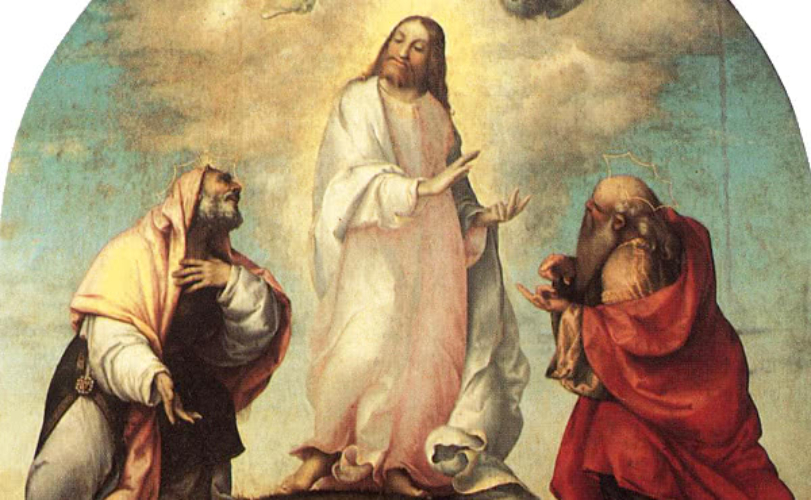by Alejandro Vazquez-Dodero, Doctor in Canon Law
The Transfiguration of the Lord, which we celebrate every August 6, commemorates that passage in Jesus’ life in which He showed His divinity to the Apostles John, Peter and James. He “transfigured Himself” for them, that is, He showed them His divine nature. He, who is perfect God and man.
The event took place on Mount Tabor, in the Holy Land, West of the Sea of Galilee, which in Hebrew means “God’s embrace.” Jesus Christ conversed there with Moses and Elijah, a moment in which the voice of God the Father was heard from a cloud, saying: “This is my beloved Son, my Chosen; listen to Him!”
(Luke 9; Mark 9; Matthew 17).
Evangelical Passage
In reference to the evangelical passage that concerns us, number 555 of the Catechism of the Catholic Church points out that “for a moment Jesus discloses His divine glory, confirming Peter’s confession.’
It also shows that to “enter in His glory’ (Luke 24:26), He “will have to go by the way of the Cross at Jerusalem. “In fact, Peter answered with certainty that the Nazarene is the living Son of God when questioned by Jesus Himself.
To listen to the Lord with a sincere disposition to identify ourselves with Him leads us to accept sacrifice. Jesus transfigures Himself to erase from His disciples heart the scandal of the Cross, to help them to surmount the dark moments of His Passion. Thus we see how the cross and glory are intimately united and the one leads to the other.
In this event, states the number in the Catechism, “the whole Trinity appeared: the Father in the voice; the Son in the man’; the Spirit in the shining cloud.
Through His voice, God the Father invited those three chosen disciples and, extensively the whole of humanity, to consider the Jesus Christ was there, true God, who abides in God and is all that God is.
Divinize Ordinary Life
The celebration of this event invites us to let Jesus’ life and teachings become our ordinary life. It encourages us to ask Him to speak to us, that we may be able to listen to Him and to be attentive to His voice.
Christ’s voice should inflame our will and facilitate its launching to fulfil what He decides for us, for our happiness.
Institution of the Celebration
The Solemnity of the Transfiguration was born, probably, of the annual commemoration of the dedication of a Basilica that, in honour of this mystery, was raised on Mount Tabor.
This liturgical celebration was introduced in the West in the 9th century and, in 1457, Pope Calixtus III incorporated it in the Roman calendar, in gratitude for the victory of the Christian troops over the Turks in the Battle of Belgrade, on August 6, 1456.
The Christian East
In the Christian East the Transfiguration of Our God and Saviour Jesus Christ is one of the greatest Solemnities of the year, together with Easter, Christmas and the Exaltation of the Holy Cross. Expressed in it is all the theology of divinization of human nature through grace, clothed in Christ, it is illumined by the splendour of God’s glory.
August 6 was established as the feast of the Transfiguration, relating it to the Exaltation of the Holy Cross: forty days pass between both celebrations, which, in some traditions means a second “Lent.” Hence, the Byzantine Church lives this period as a time of fasting and contemplation of the Cross; it implies a celebration of the purification of the soul.



